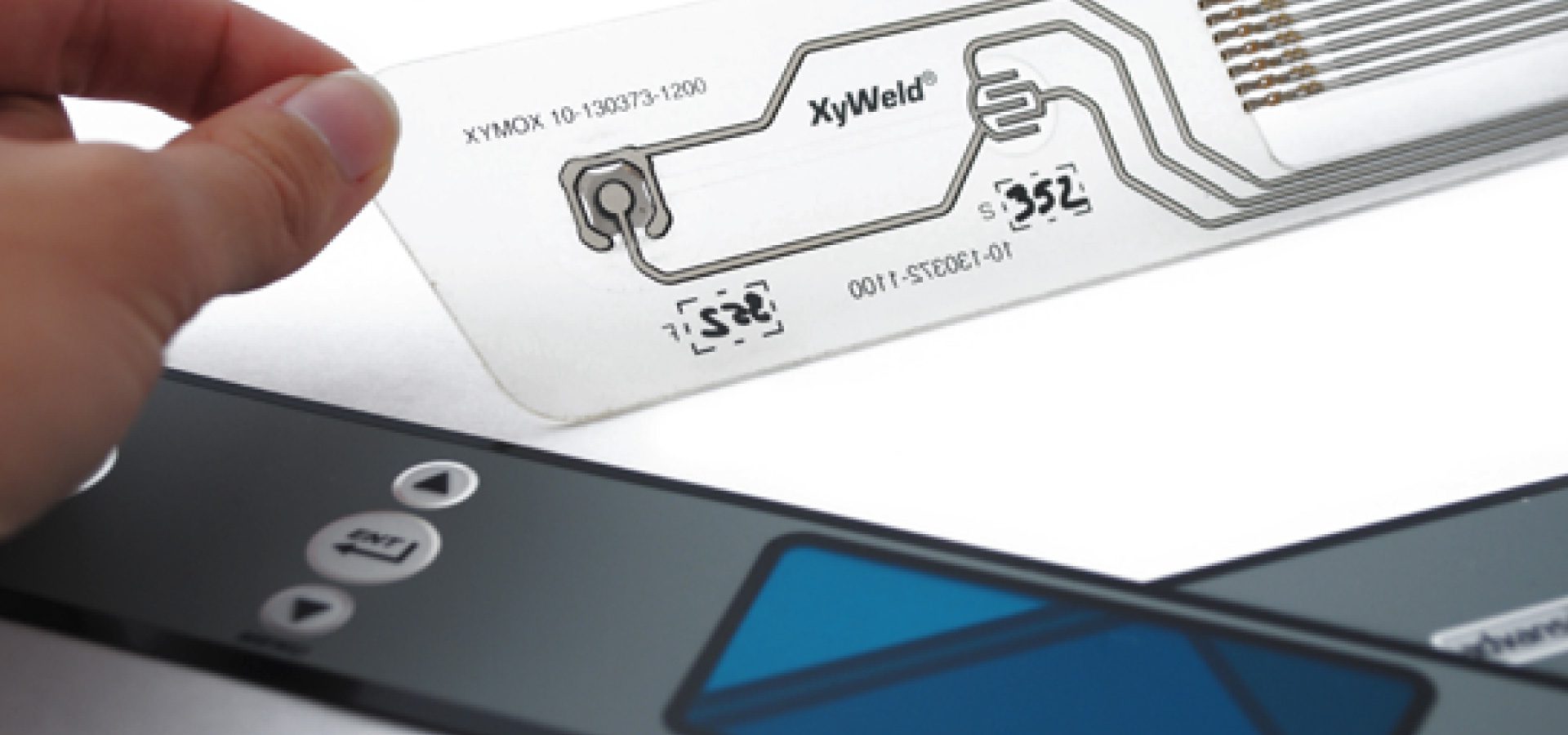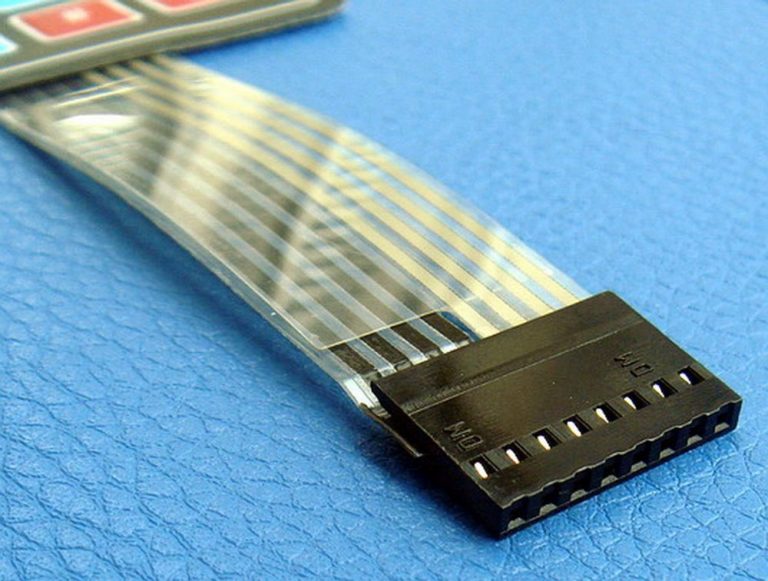How Membrane Switches Are Designed for Easy Maintenance and Repair
How Membrane Switches Are Designed for Easy Maintenance and Repair
Blog Article
Recognizing the Significance of Membrane Switches in Interface
Membrane buttons are integral parts in the layout of efficient user interfaces, promoting not just performance but also enhancing aesthetic charm and user interaction. Their special attributes, such as resistance to adjustable layouts and environmental factors, make them ideal for a diverse array of applications across several sectors. As we check out the future fads and numerous benefits linked with Membrane innovation, it ends up being clear that these buttons are much more than just parts; they represent a convergence of development and functionality. The effects of this innovation on user experience deserve taking a look at even more.
What Are Membrane Switches?

The spacer layer, which contains adhesive properties, permits the splitting up of the circuit layer from the overlay, guaranteeing that the button continues to be in a non-activated state up until pressed. When stress is applied to the overlay, it compresses the spacer layer, bridging the void and completing the circuit in the underlying layer. This layout not just reduces the physical area required for typical mechanical buttons yet also boosts the resilience of the device, as Membrane switches are normally resistant to dust, moisture, and other ecological elements.
Generally discovered in applications ranging from customer electronics to medical tools, Membrane switches are essential to modern innovation, offering a reliable and easy to use user interface that aligns with contemporary design requirements.
Benefits of Membrane Buttons
While various button technologies exist, Membrane Switches offer distinctive advantages that make them especially preferable in various applications. Among the primary advantages of Membrane switches is their compact layout, which allows for space-saving executions in gadgets where genuine estate is limited. Their thin account not just boosts visual appeal but additionally assists in light-weight construction.
An additional significant benefit is their resistance to ecological variables. Membrane buttons are typically secured versus wetness, dirt, and contaminants, making them optimal for usage sought after environments, such as medical devices and commercial equipment. This resilience prolongs the life-span of the button, lowering upkeep expenses and improving integrity.
Additionally, Membrane switches can be tailored to satisfy certain style demands, incorporating one-of-a-kind graphics and shades that improve user interaction. Their tactile feedback choices can likewise be customized to supply a gratifying individual experience. Additionally, Membrane buttons are cost-efficient, especially in high-volume applications, as they can be generated successfully.
Applications in Numerous Industries

In the customer electronics sector, Membrane switches are common in gadgets such as microwaves, cleaning machines, and push-button controls. Their responsive responses and visual choices enhance user experience while providing a smooth, contemporary appearance. Furthermore, automotive makers make use of Membrane switches in control panel controls and infomercial systems, where room is limited, and customer interaction is important.
Furthermore, the industrial sector leverages Membrane switches in control panels for equipment and equipment, permitting intuitive operation in frequently rough environments. Their resistance to chemicals and wetness ensures long life and integrity in these applications. In general, the versatility of Membrane Switches contributes significantly to their prevalent use, making them important in different technical domain names.
Style Considerations for Membrane Switches

When developing Membrane buttons, several essential considerations have to be taken into consideration to ensure optimal capability and user experience. The option of products is critical; choosing durable, top quality substrates can improve the button's longevity and resistance to ecological variables such as dampness and temperature level changes.
Second of all, the layout of the visuals overlay must prioritize clearness and simplicity of use. Symbols and text have to be legible, and the design ought to help with instinctive communication (membrane switches). Additionally, responsive comments is important; including a tactile dome or Extra resources various other devices can enhance the individual experience by supplying physical confirmation of activation
One more important factor is the switch's electrical efficiency. Designers should ensure that the conductive traces are appropriately created to decrease resistance and avoid signal disturbance. This involves evaluating the called for actuation force and guaranteeing compatibility with the electronic components they will certainly user interface with.

Future Patterns in Membrane Technology
As modern technology continues to advancement, Membrane buttons are positioned to evolve significantly, driven by advancements in products and making techniques. One emerging pattern is the incorporation of sophisticated products, such as adaptable substratums and conductive inks, which boost sturdiness and reduce the overall weight of Membrane switches. These materials not only boost the responsive feedback yet also enable the layout of switches that can withstand harsher environmental conditions.
In addition, the combination of touch-sensitive modern technologies is transforming typical Membrane Switches right into more interactive interface. Capacitive touch sensors embedded within Membrane button panels can give an extra user-friendly and receptive individual experience, lining up with the growing need for smooth, modern-day styles in customer electronics.
Additionally, innovations in printing strategies, such as digital and 3D printing, make it possible for rapid prototyping and customization of Membrane switches. This adaptability enables suppliers to react quicker to market demands and customer choices.
Lastly, sustainability is coming to be a considerable emphasis, with makers discovering environmentally friendly materials and processes. As these patterns unfold, the future of Membrane modern technology promises improved performance, visual allure, and ecological responsibility, strengthening their duty in advanced interface throughout different sectors.
Final Thought
In verdict, Membrane Switches stand for an essential element in the design of interface, integrating functionality with aesthetic versatility. Their benefits, consisting of longevity and resistance to ecological variables, make them ideal for varied applications across different industries. Furthermore, thoughtful layout considerations improve additional info user communication and experience. As advancements in modern technology continue, the advancement of Membrane switches is anticipated to additional improve individual interfaces, driving development and boosting functionality in a progressively complex technological landscape.
Membrane buttons are important components in the style of effective individual interfaces, promoting not only capability but also enhancing aesthetic appeal and individual communication.Membrane Switches offer as go to this web-site an important component in different user interfaces, helping with a smooth communication between individuals and digital devices.While numerous switch technologies exist, Membrane Switches offer unique advantages that make them especially preferable in different applications.In addition, Membrane switches can be tailored to meet certain design needs, integrating distinct graphics and colors that improve individual interaction.In conclusion, Membrane Switches stand for a vital part in the design of customer interfaces, incorporating functionality with visual versatility.
Report this page